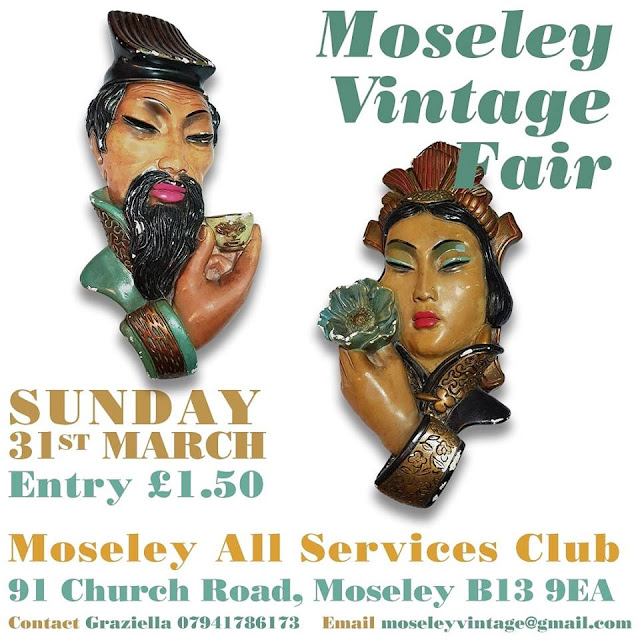When I posted about our trip to the Anokhi Museum of Hand Printing (HERE) I wrote that Back in the days of the Overland Trail, the hippies were buying block printed bedspreads in Indian bazaars and getting the local tailors to sew them into western-style dresses. Anokhi tapped into this trend and manufactured their own range of hippie clothes. This dress, one of this week's additions to my wardrobe, is probably one of the original bedspread dresses, a forerunner to the likes of Anokhi and Phool.
I know the dress has age as it's significantly faded, a gentle uniform colour fade that comes with time. It's exquisitely made, far too well put together for an enthusiastic amateur, using the borders of the bedspread in the hem and cuffs and a contrasting block printed fabric for the bodice. There's pockets, French seams, an acetate strip sewn around the inside of the hem to prevent your lace-up boots catching on the fabric, rouleaux loops with covered buttons (and even a couple of spares sewn into the inside seam. The quality of the block printed cotton feels like nothing you'd ever find on the UK high street, it's a joy to wear.
You'll be pleased to hear that two items have been removed from my wardrobe to make way for the new addition (can you spot them in the collage below?)
We're trading at Moseley Vintage Fair on Sunday and we've spent today sorting out our stock and photographing a few items to tempt the punters.
We're packed and ready which means I can spend all day tomorrow playing.
When I'm not hunting for vintage treasure in the chazzas, I'm on the look out for interesting (and cheap) textiles I can chop up. This week's finds include a couple of Indian kurtis, 3 yards of metallic braid and three cotton cushion covers featuring William Morris's Rose print.
This fabulously bright Banjara dupatta arrived in the post from my friend Katy today. I wonder what I'll do with it!
I found this sealed notebook for 99p in a charity shop yesterday. It's made in India and has an organic cotton cover, recycled paper inserts and claims to be 100% ethical. What a strange thing to donate, is all note taking done on phones? I don't have a mobile phone and absolutely love scribbling my ideas down and making rough sketches of stall layouts or ideas for things I'm going to make. This book will be full in no time!
| WEARING: Handmade Indian block printed cotton midi dress (Oxfam), vintage 1970s deadstock sunglasses (Moseley Vintage Fair, 2015), Original 1970s suede platforms (Banardos charity shop) |
Have a fab weekend. See you soon!
Linking to Patti & the gang for Visible Monday.




















